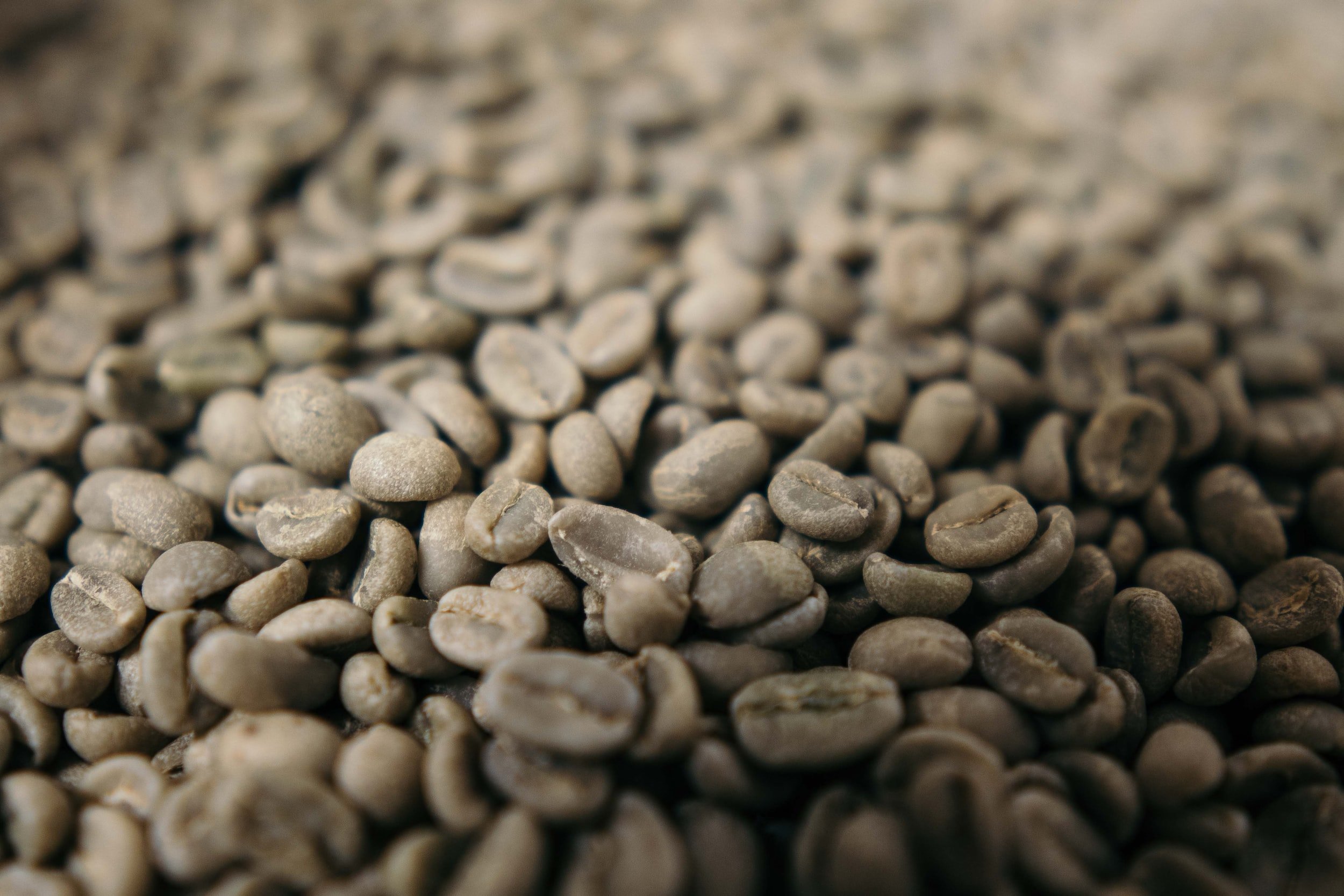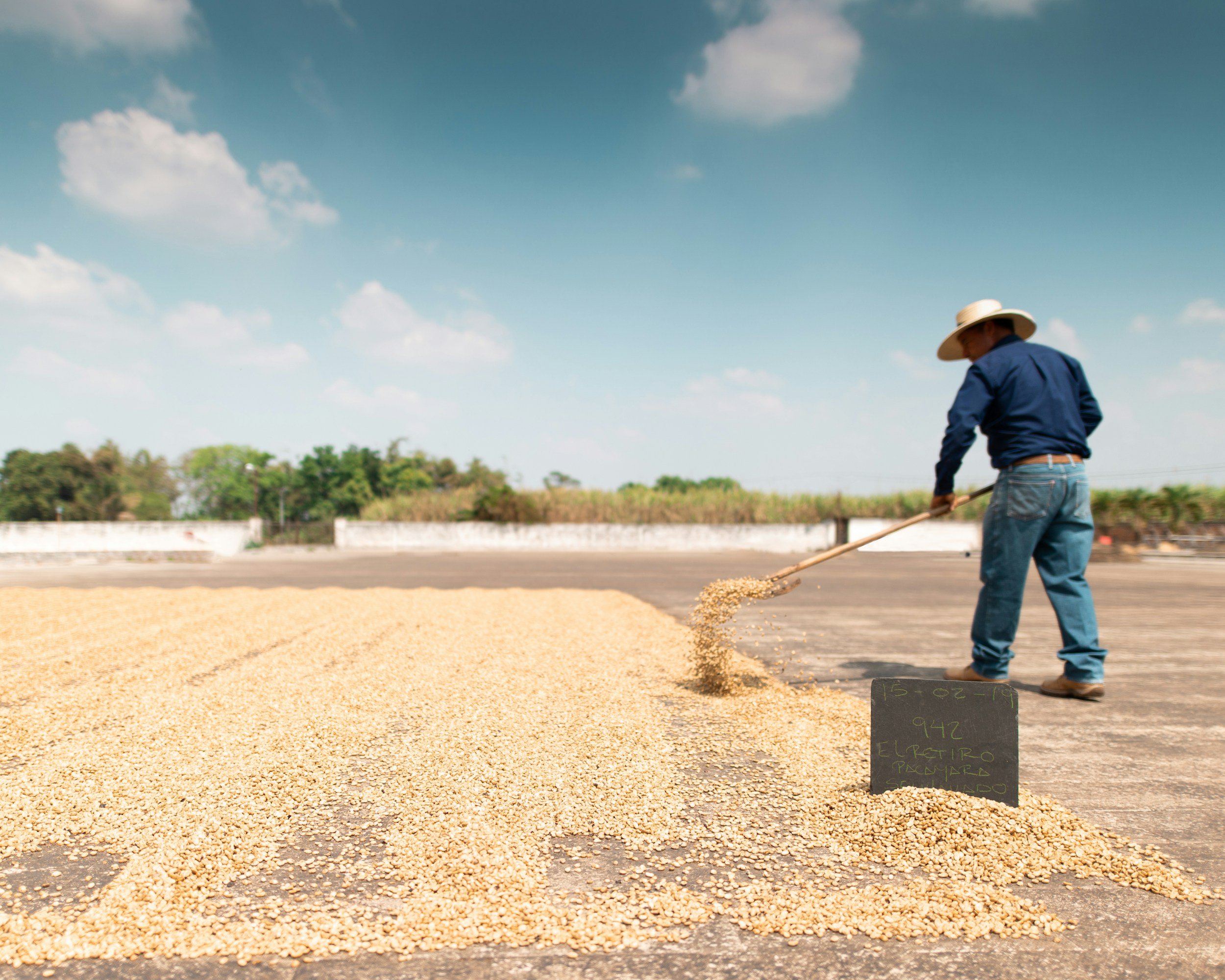
green coffee automatic inspection
QSorter® Explorer
a new green coffee AI quality language
Bean-by-bean measurement of physical and biochemical properties
100 grams in less than 3 minutes, bean by bean
Detection of 27 defects and 15 screen sizes
Moisture, color, protein, sucrose, and lipids data
Reports in SCA, COB, GCA, NY or any other standard
Data in SQI2 Google Cloud or seamless API integration
24/7 remote assistance and dedicated web customer area
bean by bean quality inspection
Grade green coffee samples, bean by bean, in less than 5 minutes with the QSorter®, the only AI robot for the physical and biochemical quality analysis of coffee. Combining 3D Imaging, high-resolution Near Infrared Spectroscopy and AI - Machine Learning algorithms, the QSorter® detects 27 visual defects and 15 size classes including peaberry screens, it analyses color, moisture and other biochemical elements.
Reports can be accessed from anywhere online through the SQI2 Google Cloud, downloaded in PDF or EXCEL format, or integrated via API in any IT system.
The AI machine learning algorithms detect the presence of 27 different types of defects and foreign matter to make sure that all coffees of the world can be tested at any step of the processing or of the value chain.
The quality reports can be translated immediately in any grading standard such as SCA, GCA, ISO, COB, NY. Users are also allowed to create their own proprietary standard with just a few clicks.
The QSorter® is the only robot on the market that also allows biochemical analysis of the samples. Understanding the deviations helps preserve the lots for a longer time. Data about protein, sucrose, and fats can be utilised to study cup profiles with a more rigorous approach.
Inspect with confidence
Gain agility during harvest
Consistent and repeatable results
Analyse quality data trends
Trade transparently

high volume coffee sorting
QSorter® Horizon - Up to 3’000 beans per second
The most important value-determining quality of coffee is how a cup tastes. Although roasting, grinding, and brewing strongly impact the final sensory profile, the most they can do is enhance what is provided by that incredible base material: green coffee beans.
Select Green Beans by Roast Level
The QSorter® technology can select green coffee beans based on a prediction of how the roasting would be at a later stage. This means that such knowledge would be available before the actual roasting happens.
Most of the aromatic qualities, that you enjoy in your morning cup, are created during the roasting process via a conversion of precursor biochemicals within the green beans. For example, unripe green beans are the result of a lack of an adequate maturing process. A variant of this defect is known as Quakers, which translates into coffee beans that have a pale appearance after roasting and a poor taste.
Properties
Off-taste removal
Maturity level
Roast level









